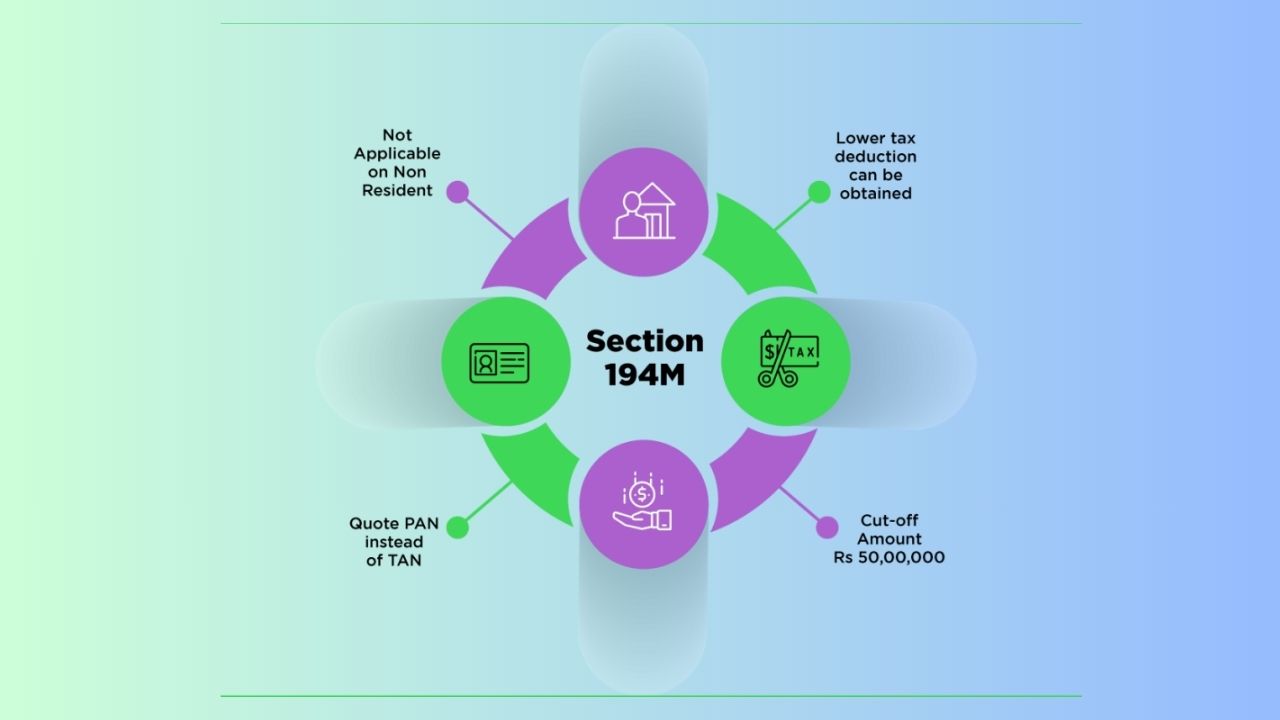Trading exists as widely varied as the markets themselves. Traders come in all sizes and shapes, each with a style that suits their objectives, time horizon, and risk tolerance. Generally speaking, traders can be categorized by the position length of time (intraday or same-day and positional or days to years) and by the strategy used to make money off price moves. Below, we’ll introduce the major types of equity traders, explain their methods, and weigh the pros and cons of each style.
Intraday vs. Positional Trading
- Intraday Trading
Intraday traders open and close all their positions within the same trading day. They aim to profit from short‑term price swings, taking advantage of market volatility without the risk of holding positions overnight. - Positional Trading
Positional traders maintain securities for extended periods—anywhere from a few days to weeks, months, or years. They seek to catch larger trends fueled by fundamentals or long‑term market mood.
It is important to understand the difference: intraday traders aim for short‑term profits and need to constantly keep an eye on the market, whereas positional traders are seeking larger movements and can stand to take breaks from their screens.
Major Types of Equity Traders
1. Scalpers
Scalpers, or micro‑traders, place dozens of trades during a day. Each trade is for a very small profit, usually a few ticks. Victory relies on real‑time information, lightning‑execution speed, and strict risk management—since a millisecond delay can make the winner a loser.
2. Momentum Traders
Momentum traders “ride the wave” of heavy‑handed price movements. If a stock breaks out or accelerates, they follow the trend—buying into up‑moves and selling into down‑moves. Rules for strict entry and exit minimize risk if the momentum is suddenly lost.
3. Breakout Traders
Breakout traders wait for prices to break decisively through well‑established support or resistance levels. They employ chart tools—trend lines, moving averages, or patterns—to identify these key levels, go on confirmation of a breakout, and then quickly exit if the breakout is false.
4. Swing Traders
Swing traders keep their positions for several weeks or a few days. Swing traders attempt to catch short‑term “swings” in market trends and utilize technical indicators (such as chart patterns or moving averages) to time market entrances and exits. Swing trading involves less screen time than scalping but still relies on accurate timing.
5. Mean Reversion Traders
Mean reversion traders rely on the expectation that prices will ultimately revert back to their past averages. They purchase stock that has fallen well below its average price and sell it when it recovers above it. Typical tools involve Bollinger Bands, VWAP (Volume Weighted Average Price), or pairs trading strategies.
6. News‑based Traders
News-driven traders respond to particular incidents—earnings announcements, economic data releases, geopolitical events, or even natural calamities. They look to catch the volatility that tends to follow large headlines, taking positions before or shortly after announcements.
Pros & Cons of Each Trading Style
| Type | Pros | Cons |
|---|---|---|
| News Trading | • Clear reasons behind price moves• Can predict short‑term volatility | • Risk of slippage if prices jump past your order• Sudden, unpredictable headlines can backfire |
| Mean Reversion | • Works well in range‑bound markets | • Poor performance in strong trends• Prices can deviate from the mean for extended periods |
| Swing Trading | • Less screen‑time than intraday• Helps curb overtrading | • Overnight risks (gaps, news)• Price swings during hold period can hurt profits |
| Scalping | • Minimal overnight risk• Many quick‑fire opportunities | • Small profit per trade• High transaction costs |
| Momentum Trading | • Can capture large moves• Clear trend‑based entries | • Requires precise timing• Risk of sudden momentum reversals |
| Breakout Trading | • Early entry into new trends• Defined entry/exit points | • False breakouts can trigger losses |
How to Choose Your Trading Style
- Assess Your Personality
• Do you thrive on fast‑paced action (scalping, momentum)?
• Or do you prefer steadier, longer‑term moves (positional, mean reversion)? - Consider Your Time Availability
• Full‑time vs. part‑time: Intraday styles demand constant monitoring, while positional styles allow more flexibility. - Evaluate Your Risk Tolerance
• Higher‑frequency trading can rack up transaction costs and emotional stress.
• Longer‑term trading exposes you to overnight or weekend gaps. - Experiment and Learn
As a beginner, you don’t have to stick to one style. Try paper‑trading different approaches, study which fits your temperament, and refine your strategy over time. - Commit to Preparation
Each style requires its own knowledge set—charting tools for technical traders, fundamental analysis for long‑term players, and a keen eye on newsflow for event‑driven traders.
Bottom Line
There is no single “best” style of trading. What works best for you is the approach that complements your objectives, time frame, and tolerance for volatility. Through an awareness of what each style—scalper, momentum trader, breakout specialist, swing trader, mean reverter, or news‑based player—does well and poorly, you can construct a trading plan that fits you. Begin with a modest stake, experiment on the way, and slowly acquire the skills and habits necessary to become a consistent winner in the markets.
Disclaimer:
The information presented in this article is for general informational purposes only. It does not constitute financial, investment, or professional advice. Commodity prices and market conditions can change rapidly; before making any investment or trading decisions, you should conduct your own due diligence and consult with a qualified financial advisor or other professional. The author and publisher assume no responsibility for losses or damages resulting from any actions taken based on the content of this post.











